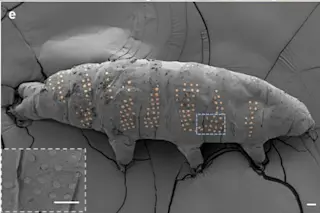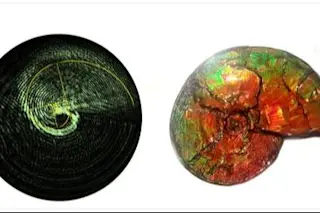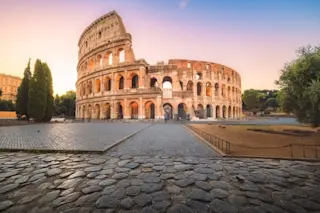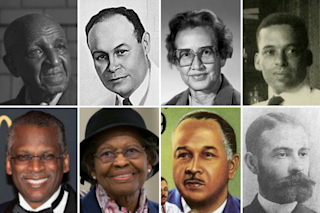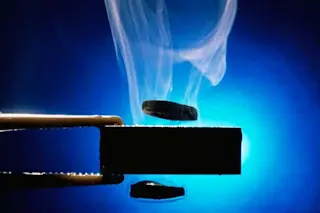Two weeks from now, renowned Brazilian chef Alex Atala will be joining Science & Food for the first 2013 public lecture at UCLA. Chef Atala has generated a lot of buzz in the food world by discovering and classifying new ingredients from the Amazon basin. But Atala isn’t the only one looking to the South American rain forest for inspiration. By studying the fruit of the tropical plant Margaritaria nobilis(commonly known as the bastard hogberry), a team of researchers led by Dr. Mathias Kolle has created an amazing new material that changes color as it stretches. Captivated by the shocking blue-green hue of the bastard hogberry, Kolle and his fellow researchers discovered that the hogberry has unique, elongated cells. Much like microscopic rolls of puff pastry, these hogberry cells are full of concentric layers that repeat at regular nano-scale intervals.
It turns out that these cellular layers hold the key ...


